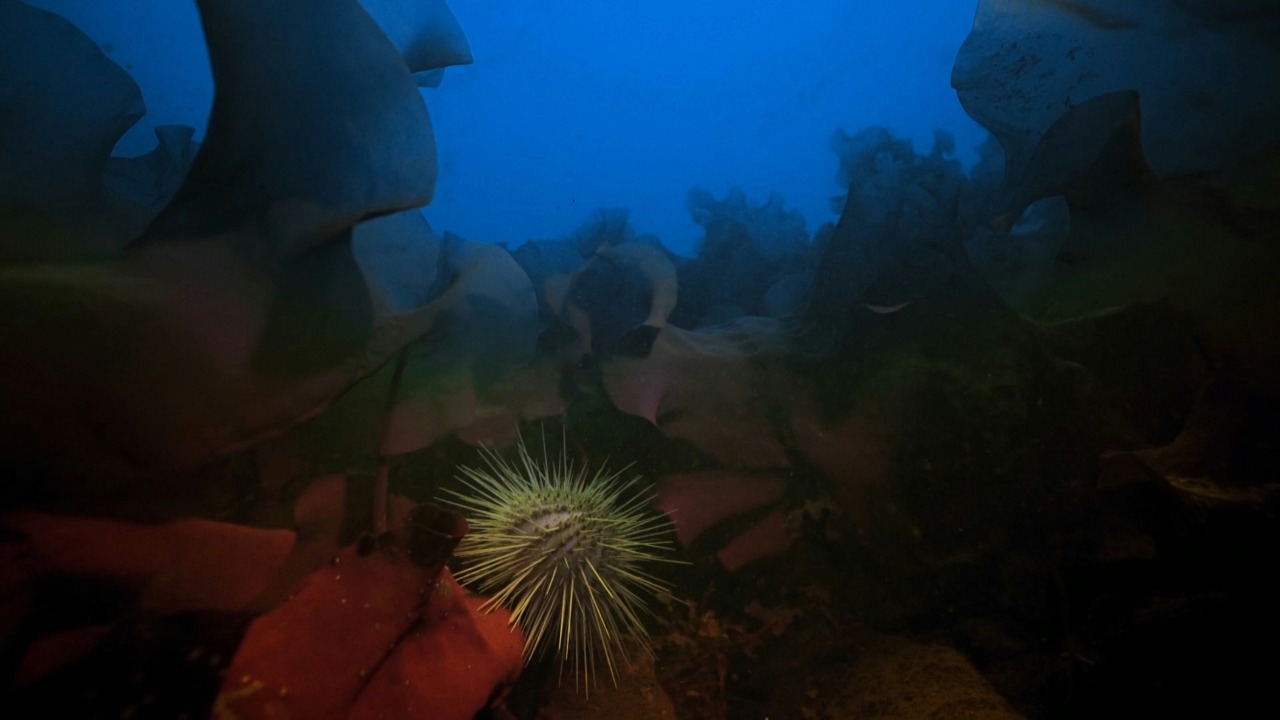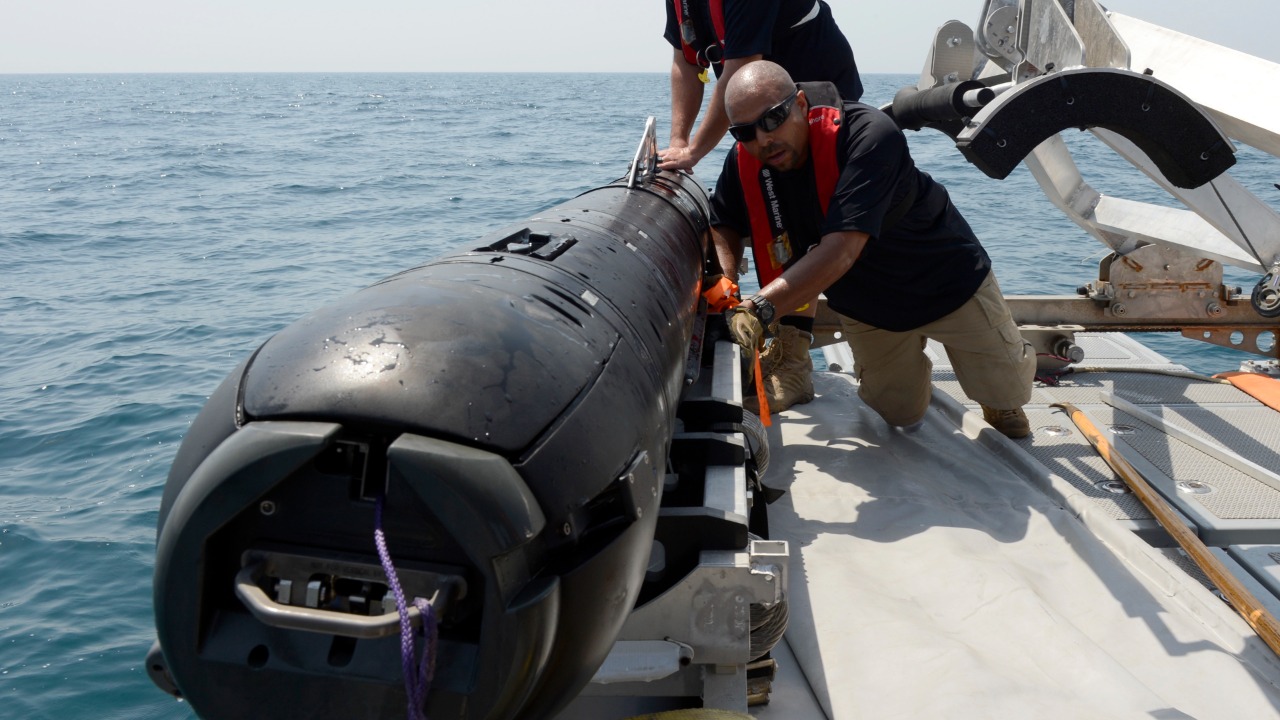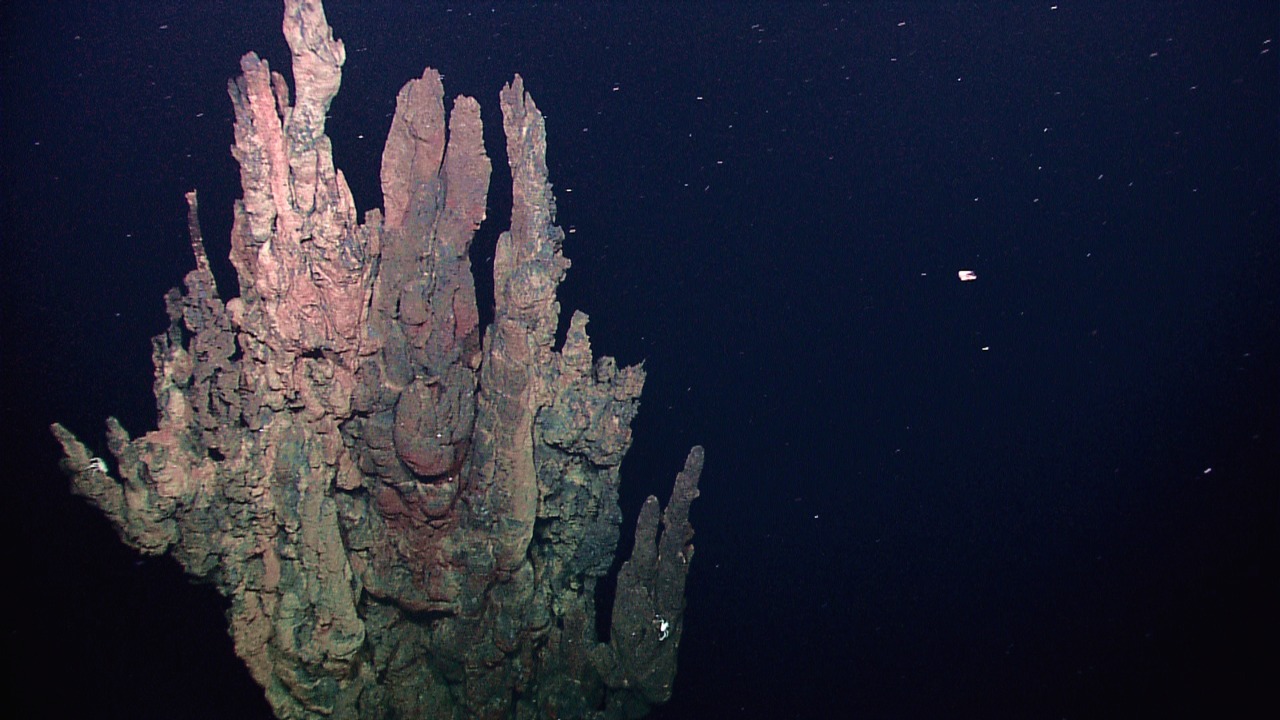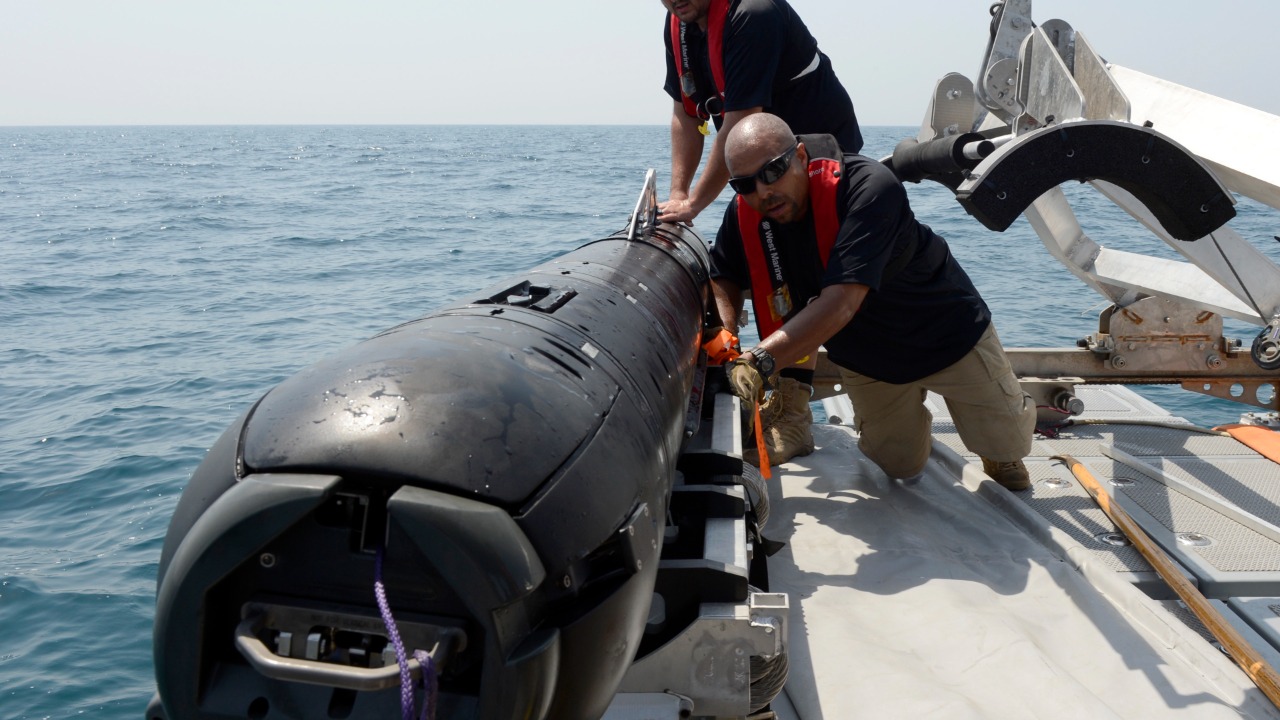
A recent breakthrough in marine biology has unveiled a plethora of new species residing in the mysterious depths of deep-sea hydrothermal vents. These discoveries, made possible through advanced technology and international collaboration, offer a glimpse into the rich biodiversity thriving in one of Earth’s most extreme environments.
The Enigma of Deep-Sea Vents

Hydrothermal Vent Ecosystems
Hydrothermal vents are among the most fascinating ecosystems on Earth, located in the ocean’s deepest reaches where sunlight fails to penetrate. These vents are characterized by extreme temperatures and chemical-rich environments, created by seawater interacting with magma below the ocean floor. Such unique conditions support an array of unusual life forms that have adapted to thrive in what would otherwise be inhospitable surroundings. The organisms found here rely on chemosynthesis, a process where bacteria convert chemicals like hydrogen sulfide into energy, forming the foundation of the vent food web.
The mystery surrounding hydrothermal vents has captivated scientists since their discovery. Initial revelations about these ecosystems occurred in the late 1970s, when researchers first encountered the stunning diversity of life at the Galapagos Rift and other locations. These early findings, revealing species such as giant tube worms and peculiar shrimp, set the stage for ongoing exploration and the latest discoveries that continue to expand our understanding of these remarkable biological communities.
Historical Discoveries
Throughout the decades, numerous significant discoveries have been made in hydrothermal vent ecosystems, each adding a layer of complexity to our understanding of these areas. The discovery of the Lost City hydrothermal field in the North Atlantic, for instance, revealed an entirely new class of alkaline vents. These findings challenged previously held notions about the diversity and adaptability of life across different vent systems.
More recently, scientists have uncovered an ecosystem beneath hydrothermal vents, further illustrating the complex and layered nature of these environments. Each discovery not only broadens the scope of known biological diversity but also raises new questions about the adaptability and resilience of life in extreme conditions.
Technological Advancements in Exploration

High-Resolution Mapping Technologies
Advancements in technology have been pivotal in enabling scientists to explore previously unreachable hydrothermal vents. High-resolution mapping tools, such as multibeam sonar and autonomous underwater vehicles equipped with sophisticated sensors, have revolutionized the way researchers locate and study these deep-sea environments. These technologies provide detailed topographical maps of the ocean floor, allowing for precise exploration and identification of new vent sites.
For example, the use of high-resolution mapping technologies has been instrumental in the recent discoveries within the Galapagos Marine Reserve. Scientists were able to pinpoint new hydrothermal vent locations and document at least 15 unknown species, showcasing the immense biodiversity of this region and the effectiveness of these technological tools in marine exploration.
Submersible Innovations
In addition to mapping technologies, advancements in submersible vehicles have significantly enhanced deep-sea exploration capabilities. Modern submersibles and remotely operated vehicles (ROVs) are equipped with high-definition cameras, robotic arms, and a suite of scientific instruments. These innovations allow for detailed observation, sampling, and collection of data from the ocean’s depths without the need for direct human presence.
The development of these submersibles has enabled scientists to conduct comprehensive studies of hydrothermal vent ecosystems, capturing high-quality images and samples of newly discovered species. This technological progress not only facilitates scientific research but also ensures minimal disturbance to these fragile environments, thereby supporting ongoing conservation efforts.
New Species Unveiled

Diverse Organisms Discovered
The recent exploration of deep-sea hydrothermal vents has resulted in the discovery of a wide variety of new species, each exhibiting unique adaptations to their extreme environment. Among these newly identified organisms are peculiar crabs, snails, and fish, each playing a vital role in their ecological communities. These species have developed remarkable traits to survive the intense pressure, toxic chemicals, and extreme temperatures found at vent sites.
For instance, certain species of crabs and shrimp have evolved to feed on the bacteria that flourish around hydrothermal vents, while others exhibit symbiotic relationships with these bacteria, relying on them for nourishment. The discovery of such diverse organisms not only highlights the adaptability of life but also underscores the complexity and interdependence of vent ecosystems.
Galapagos Marine Reserve Findings
One of the most significant recent discoveries occurred within the Galapagos Marine Reserve, where scientists identified at least 15 new species of marine life. This region, renowned for its rich biodiversity, has once again proven to be a hotspot for scientific discovery. The newly found species include various forms of crustaceans, mollusks, and unique microorganisms, each contributing to a deeper understanding of the ecological dynamics at play.
The findings in the Galapagos hold significant implications for the study of evolutionary biology and ecology. By examining these new species, scientists gain insights into how life can adapt and evolve in response to extreme environmental pressures, potentially leading to breakthroughs in biotechnological applications and conservation strategies.
Implications for Science and Conservation

Understanding Extreme Life
Discoveries within hydrothermal vent ecosystems have far-reaching implications for science, particularly in understanding life in extreme environments. By studying the unique adaptations of vent-dwelling organisms, researchers can gain insights into the limits of life and the potential for life to exist in similar extreme conditions elsewhere in the universe. These findings also hold promise for biotechnological advancements, as the novel enzymes and metabolic processes found in these organisms could inspire innovations in medicine, industry, and environmental management.
The study of vent ecosystems also has the potential to inform our understanding of Earth’s early life. The conditions found at hydrothermal vents are thought to resemble those of the early Earth, providing a natural laboratory for exploring theories about the origins of life and the evolutionary processes that have shaped biodiversity over billions of years.
Conservation Efforts and Challenges
As exploration of hydrothermal vent ecosystems continues, the need for robust conservation efforts becomes increasingly apparent. These environments are not only fragile but also under threat from human activities such as deep-sea mining and climate change. Protecting these ecosystems is crucial for preserving their biodiversity and the ecological services they provide.
However, balancing exploration with conservation presents significant challenges. Establishing protected areas, such as marine reserves, and implementing sustainable exploration practices are essential steps in ensuring the long-term preservation of hydrothermal vent ecosystems. International cooperation and policy development are vital in addressing these challenges and promoting the responsible stewardship of our planet’s deep-sea resources.
Future Prospects in Deep-Sea Research

Unanswered Questions and Ongoing Research
Despite the progress made in exploring hydrothermal vent ecosystems, many questions remain unanswered. Scientists continue to investigate the full extent of biodiversity within these environments, the complex interactions among species, and the potential impacts of environmental changes. Future research expeditions are planned to explore uncharted vent sites and to monitor the long-term ecological dynamics of these ecosystems.
One of the key areas of interest is the potential for undiscovered species that could hold valuable insights into evolutionary processes and the adaptability of life. Continued exploration and study of hydrothermal vents will undoubtedly yield new discoveries and contribute to our understanding of the natural world.
International Collaboration
The exploration and conservation of hydrothermal vent ecosystems require a collaborative approach, involving scientists, policymakers, and stakeholders from around the globe. International cooperation is essential for advancing deep-sea research, sharing knowledge and resources, and developing effective conservation strategies.
Organizations like the International Seabed Authority and partnerships among research institutions play a crucial role in facilitating this collaboration. By working together, the global community can enhance our collective understanding of the deep sea and ensure the protection of its unique and vital ecosystems for future generations.